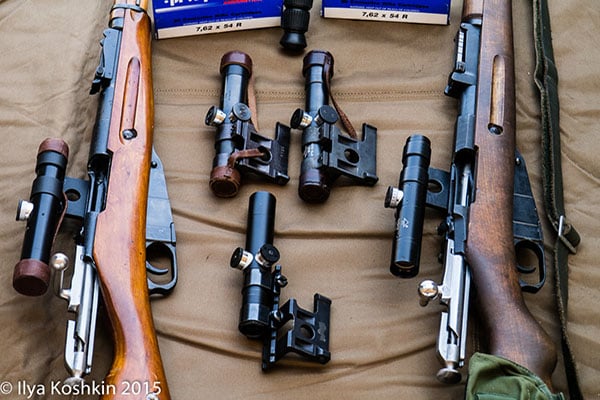
Last Updated on
By Ilya Koshkin
I grew up in Russia (Soviet Union at the time). I was largely a child of the 80s, but despite the fact that WWII was long over, we were all brought up on a great variety of WWII movies. We called it the Great Patriotic War, since in the Soviet Union the fact that other countries aside from Germany and Russia were involved did not get a whole lot of air time. By the time the 80s came about we were all accomplished young cynics capable of great feats of sarcasm, much of it applied to the war movies. We noticed all sorts of idiosyncrasies. For example, we noticed that five shot Mosin Nagant rifles apparently never ran out of ammo. Unless, of course, the protagonist of the movie was about to be killed by an iconically evil German soldier. Apparently, lack of ammunition was the only way a mighty Russian soldier could meet his demise. Another thing we noticed was that Russian snipers never missed. However, such is the mystique associated with snipers that we pushed our sarcasm aside and watched with bated breath.
Growing up in Soviet Union, I could only see a Mosin-Nagant sniper rifle on a screen, since private firearm ownership was not exactly encouraged. I moved to the States when i was a teenager and became interested in guns when I was in college. One of the first rifles I bought was a Mosin-Nagant. Despite being dirt cheap, it proved to be quite accurate and a lot of fun. Fast forward a few years and I’ve got a bit over a dozen of them with four wearing scopes; PU scopes among them.
With that history in mind, when the good folks at GritrSports got a hold of me and asked if I would evaluate a few modern PU scope replicas, I jumped at the opportunity.
The Origin Of PU Scopes
Firstly, a few words about the origin of PU scopes.
By the time WWII came about Russian military had a pretty advanced sniper program. During WWI, German snipers were so effective on the Eastern front that, even through the turmoil of the revolution and other geopolitical perturbations, Soviet/Russian military always kept the sniping program alive in some way (weirdly enough Germans abandoned their sniper program since Hitler thought that racially superior Aryan soldiers were so good, no special training was necessary. They had to virtually restart it after running into issues with Russian precision shooters during WWII). In the 1930s, after modernizing the venerable Mosin-Nagant rifle into the 91/30 variant, an effort was made to make it into a sniper rifle. The original scope was copied off of a German Zeiss design, and Zeiss even went so far as helping set up a manufacturing facility in Russia. That scope was called PE. Shortly, it was modified into PEM which looked about the same but had fewer adjustments and was a bit more robust. PEM was replaced with the PU scope which was a very different design: much more compact and with a different mounting system. PU was simpler to manufacture, resisted fogging and other issues better and proved to be a very capable and rugged design. The PU riflescope was also used with Russian semi-auto sniper rifle experiments, so there are a couple of different variants of the exterior shape. In the picture below, there are four scopes sitting in mounts. Those have the same exterior shape most Mosin mounted PUs had: 26.5mm tube up front where it fits into the mount and a larger diameter tube behind the turrets. However, the one scope in the top part of the picture that is not mounted looks more like the SVT-40 version with a 26.5mm tube continuing for a bit behind the turrets. External differences aside, to the best of my knowledge, the optomechanical design of these scopes was the same.
First Look At The PU Scopes
Of the five scopes in the picture, three were sent to me by GritrSports and two are the ones I dug out of a couple of huge boxes of Mosin accessories I have sitting in my workshop. None of these are original PU scopes. They are all contemporary replicas. Although “replica” may not be the best term for these. Some of these are really not intended to be exact copies with some aspects of the design “re-imagined” for the modern world.
The three that were sent to me are as follows:
- Bering Optics product is on the lefthand side with leather caps mounted in a Bering-made mount (more on mounts later)
- NPZ replica is second from the left sitting in a mount I received from Gritr Sports together with the scope, but I do not know if they are bundled together.
- All the way to the right is the Firefield PU scope (labeled “RAK”) is mounted with 1” rings on a no longer made Smith mount. The mount is mine and I had to use since the Firefield turned out to be a 1” tube scope, while PU mounts are 26.5mm. I think Firefield makes a bundled 1” PU mount for this scope, but I did not have one on hand.
The two scopes that are mine are the un-mounted scope at the top of the image and the mounted scope third from the left with leather caps. Both of these are modern production scopes with both made in Ukraine (I think). I will refer to the one on the top as the “Izyum” scope wince that is where the factory where it is made is located. The other one is made either somewhere near Kiev or in Cherkasy (another Ukrainian city) and I will refer to it as Kiev, since that is shorter. Either way, I do not know for sure in which place it was made between those two. Also, for the sake of the disclaimer, the scope I am referring to as “Izyum,” for all I know, could have been made in Taiwan. I know that there was a batch of this style scopes made in Taiwan a while back. Ultimately, I am going to stick to the naming convention outlined below, since I need a simple way to identify different scopes as I go along.
Hence the contenders are:
-Bering (made in Russia in Saint-Petersburg)
-NPZ (made in Russia in Novosibirsk)
-Firefield (made in China, not sure where exactly)
-”Izyum” (made in Ukraine or Taiwan)
-”Kiev” (made in Ukraine)
A Word On PU Mounts
Before I go on and discuss each of these scopes, I want to talk briefly about the mount. The mount is important. A PU scope mount is a two piece affair with a base that is attached to the side of the rifle receiver and the mounting bracket that holds the scope fitting into the base.
This mounting system allows for some vertical adjustment of POA (Point Of Aim) via two screws that clamp the mounting bracket between them from bottom and top (you can see the top alignment screw in the picture above). A large thumb screw clamps the bracket to the base once you’ve got the coarse vertical POA adjustments figured out. Horizontal alignment can also be adjusted via the mount, but that involves actually filing down a couple of tabs on the mounting bracket, in which case the mount and scope should always be kept together. For this test I, obviously, did not make any permanent alterations to the mounts since I do not own most of them.
The reason why the POA adjustments in the mount are important is that the reticle in the original PU design is not centered and if you adjust elevation and windage turrets on the scope, the reticle moves within the field of view of the scope. If you use the turrets for coarse adjustment, you stand a really good chance of ending up with the reticle somewhere at the edge of the image.
Here is an example of how the reticle in the NPZ scope ended up after sighting in. The vertical mount adjustments got to about the right vertical position for 100 yard sight in, but since horizontal mount adjustments are permanent and it wasn’t the gear I owned, I refrained from making permanent alterations:
Before I move onto talking about the scopes themselves, a couple more words about the mount. When you buy a PU-type scope, it typically comes with a mount. Because of the POA adjustment with the mount, it is critical that it is made properly. Almost all PU mounts I have seen over the years (and I have seen a lot of them) were either machined during WWII with varying levels of crudeness or cast and painted in as cheap a manner as possible in more recent times. The quality of the mount Bering supplied with their scope was the first thing that surprised me. It is made to the original Soviet WWII drawings, but it is actually machined well. That was when I first perked up and paid a little more attention to the Bering scope.
The original PU scopes had steel tubes and steel adjustments. The optical design is comparatively simple, but not as simple as I have seen people claim. Here is a snapshot from an old Soviet manual. There are nine lens elements in this scope, some air-spaced and some likely cemented to each other. Note that since the reticle moves within the image when you adjust the turrets, there is no need for a separate tube for the erector assembly. The only thing that moves is the reticle cell. That makes the whole mechanical set-up reasonably simple, so PU scopes are comparatively simple to build at a good price point. In the drawing below, the reticle cell is identified by the number 4.
Here are some reference numbers for light transmission through this scope. There are 10 air-to-glass interfaces for the different lenses and two more for the glass reticle.
If they are not coated a typical transmission through an air-to-glass interface is 96%, for a total light transmission through the scope of ~61.3%
Bering specification table that is listed a little further down indicates that their version of the PU scope has overall transmission of 82%. That means that each individual surface with AR coating has a transmission of 98.4%. I do not have any spectral information on their coatings, but these are fairly decent as far as conventional AR coatings on an inexpensive scope go.
PU Scope Specifics
Now, let’s move onto some specifics for each scope.
The best PU-type scope in this group is the one made by Bering Optics. I say, PU-type, because compared to the original, it is somewhat re-imagined in a couple of ways that, to me, make it a little more viable in the modern world. The overall optical and mechanical design is based on the original PU scope drawings, but there are a couple of key differences: all air-to-glass interfaces have anti-reflection coatings on them and the main tube is made out of aluminum rather than steel.
That makes the image quality better, while the scope itself is lighter and no longer prone to rust. I mounted the Bering scope onto a Mosin-nagant 91/30 sniper and was able to hit every metal plate at my range out to 600 yards or so with minimal fuss. Credit goes to the well built scope and mount.
Another thing to point out is that the Bering scope is water resistant. None of the PU scopes are waterproof, but the Bering scope is listed as compliant with IPX 5, which should make it safe to use during rain.
One thing that I liked was that the reticle on scope was done the right way with a fairly long tapering sharp tip. That made aiming easier. Here is a badly done “through-the-scope” snapshot that shows the reticle. This type of a reticle is not very good for shooting groups, but is very good for shooting human-sized targets at a variety of ranges and lighting conditions. The empty space between the two horizontal lines will fill 70cm (27.55inches) at 100m and the thickness of the post will cover 20cm (7.87 inches) at 100m. That translates into a 7 mrad (24 MOA) opening and 2mrad (6.87 MOA) line thickness.
Note how the vertical post is of different shape than the one in the NPZ scope shown a little earlier.
The turrets on the Bering scope are set-up for friction adjustment with no clicks (just like on the original), with the vertical adjustment drum having a BDC scale out to 1300mm. The original scopes were designed for ammo that was developed in 1908, so I did not try to replicate that. After some work with a ballistics calculator and some shooting I figured out that out to 600 yards it matches Prvi Partizan 182gr 7.62x54R ammunition very nicely, so I used that ammunition for this test. You can see a couple of boxes of it in the image below. Considering how much of it I use in my Mosins, I should probably get Prvi to sponsor me. It is capable of 1.5MOA precision in the right rifle, which is good enough for testing a 3.5×22 PU riflescope.
The BDC markings on the original PU and on the Bering scope are as follows, and the numbers in the table are in mrad.
The Bering scope is mounted on the 91/30 sniper on the left, while the scope I plan to talk about next, the NPZ product, is on a butchered (by me before I knew any better) Finnish M39.
The NPZ scope is also reasonably well made and mostly adheres fairly nicely to the original PU formula. The maintube is made out of steel and I am not sure if there are anti-reflective coatings on it. It looks darker than the AR-coated Bering though. The reticle has already been posted above and while it slightly differently shaped the style and dimensions are the same as on the Bering scope. The adjustments do not have clicks (friction dials) and are not set-up as a BDC. I managed to find a website for the NPZ plant and found a specification table there:
The 72mm eyerelief is the same as on the Bering scope and is a bit optimistic in both cases. The rest of the specification look about right except for the diopter adjustment (none of the PU scopes have a diopter adjustment unless you are adventurous enough to take one apart).
Also the elevation adjustment scale listed as having 7cm at 100m steps. That turned out to be incorrect. Here is a picture of the turret on the NPZ scope:
Going from setting 1 to setting 2 was equal to exactly two milliradians, so one graduation on the scale is 0.5mrad (or 1.8” at 100 yards). The adjustments were reasonably consistent, but not independent of each other: a horizontal adjustment of the reticle also moved it a little along the vertical axis). However, when a vertical adjustment alone was used, I had no issues with repeatability.
The Bering scope behaved in a similar manner and since both have friction dials instead of clicks, it took a little attention to detail just to be able to set the elevation turret to a consistent setting.
Also, both scopes had some hysteresis in the turrets, i.e. going to a 300 yard setting from a 100 yard setting produced a different point of aim than going from a 500 yard setting back to 300 yards.
If you plan to use one of these for distance shooting, adjust in one direction only.
What I did not like about the NPZ scope was the debris visible in the image. Careful examination suggested that there were multiple pieces of debri sitting on different surfaces with the optical system. I did a little digging and it turned out that the plant in Novosibirsk does not build day sights all that much. The bulk of what they make is image intensified and thermal sights for the Russian military, but the government requires them to maintain the capability of making day sights. Every once in a while they fire up the equipment and put together a few batches of day sights, but since they do not do it consistently, there are some apparent QC issues. I have run into this problem some years ago with AK style scopes when I looked at Belomo’s POSP designs and NPZ’s PSO scopes. They are the same basic design made in different factories. The PSOs had some cleanliness issues as well as I recall.
The Firefield scope, has a similarity with the Bering as far as the main tube material goes: it is also aluminum. That is where the similarities end. There is a chance that the scope I looked at is an outlier, but it was less than impressive. Or at least that is the terminology my shrink tells me to use instead of raving and ranting. The FOV on this thing is very narrow. Image quality is terrible, and trying to use it gave me a headache. It mostly held zero, but it is a clearly inferior product to everything else in this article. It is small, light and inexpensive, but I can’t really saying anything else about it that is even remotely positive.
The reticle is also of somewhat different shape, that made precision aiming a little harder:
The remaining two riflescopes in this test both have steel tubes, but aside from that, they do not have much in common with each other. I’ll go over the difference momentarily, but both are very serviceable. In the picture below, the Kiev scope is on the left and the Izyum is on the right:
The Kiev scope is a pretty faithful PU reproduction with BDC dials and reasonably clean image. To be honest, it was kinda like the Bering scope except with a steel tube and no AR coatings (or less effective AR coatings). I have had this scope for a number of years and overall it is well-made, holds zero and adjusts reliably. I have not seen a whole lot of these on the market in recent years, but it is a good quality PU scope that has worked well for me.
The Izyum scope, on the other hand, is clearly a modified design, made to look like a PU. The turrets have clicks in them and are not of BDC type. Most importantly, the reticle is always centered in the FOV, so the internal design is significantly different. The scope also looks to have decent AR coatings. The eye relief is a little longer than on the other scopes here and also less critical, so the Izyum scope is the easiest one to get behind in this group.
The reticle is what I call, “PU-inspired”. It kinda looks like a PU reticle, but the dimensions are different:
The lines are a little thinner and the spacing is a little wider. The design is serviceable, but I prefer the original PU reticle that is replicated in the Bering and Kiev scopes.
Ultimately, I had a lot of fun testing these five scopes side-by-side. Aside from spending time at the range, I also set them up on the upper deck of my house and spent a fair amount of time judging the optical quality as the light conditions got progressively worse.
Somewhat surprisingly, all of these handled flair adequately well. The uncoated scopes had a little more in terms of ghost images, but considering their modest price tags, I was pleasantly surprised.
Bering and Izyum both looked the best in this group in terms of image quality in the dark. Bering reticle is standard PU and is thicker than on the Izyum, so it is a little more visible. The Kiev and NPZ were a touch worse in low light, but not really all that far off. The debris in the NPZ image turned out to be quite distracting even in low light.
Looking through the Firefield scope, the first thought is “Who turned off the light?” Then, once you adjust a little, you realize that everything is blurrier than with the other scopes, which really makes your eye strain harder.
During the day, the overall comparison of image quality roughly mirrored what I saw at night. The Bering and Izyum scopes edged out the NPZ and Kiev ones with Firefield looking like an orphan child next to them.
Final Thoughts
I do not have all that much in terms of final thoughts that I have not covered already.
I will see if I can get my hands on another Firefield scope or two to determine whether the one I looked at is representative of the rest of them.
As I made clear I was pretty impressed with the Bering scope. I liked it enough to track down the guy who runs Bering Optics and get some history behind their PU scope project (they normally do night vision sights). If I were in the market for PU-type scope, I would likely get the one from Bering.
The one exception to that would be if, for whatever reason, I had a hard time getting a decent sight picture through it because of fit issues. Some PU mounts I have seen are a touch more forward mounted than they should be and the short PU eye relief can make it less than user friendly. For situations like that, the Izyum scope with its longer eye relief is a good option.

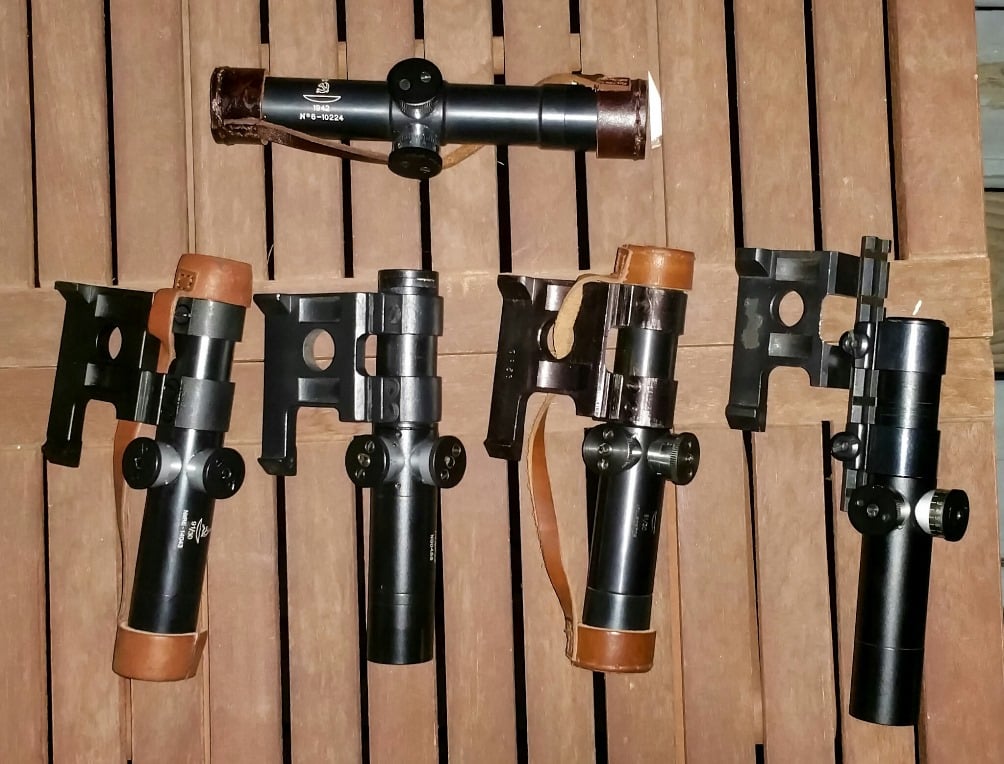
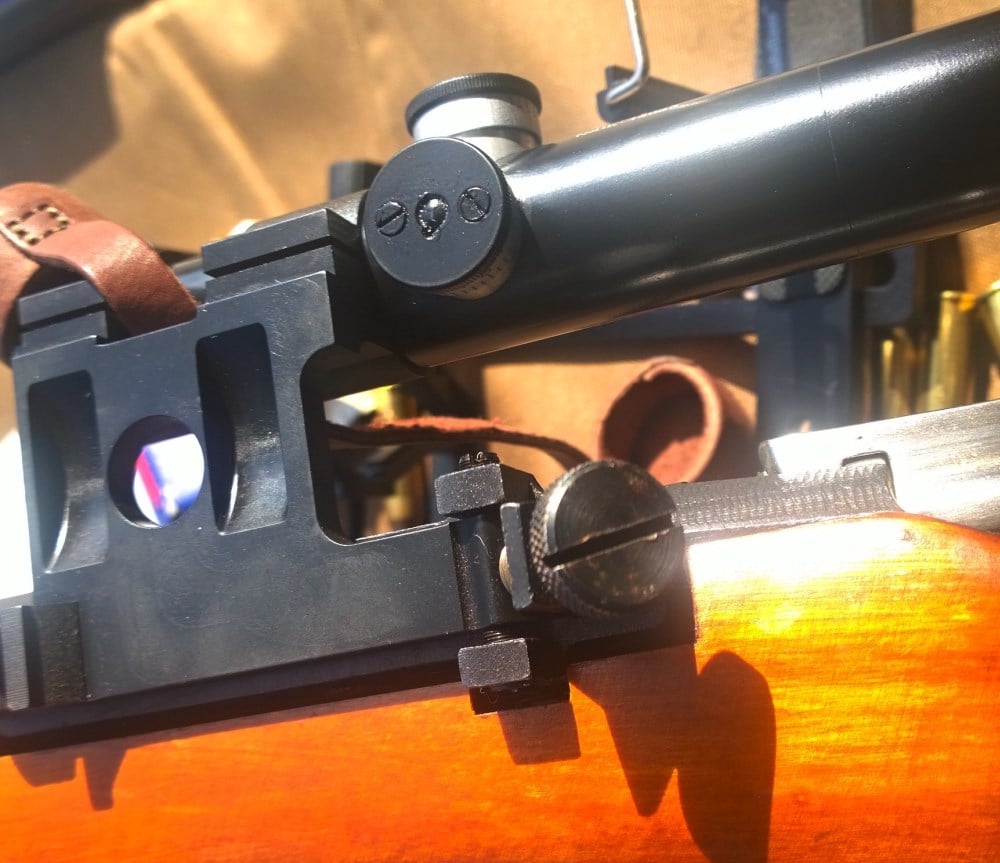


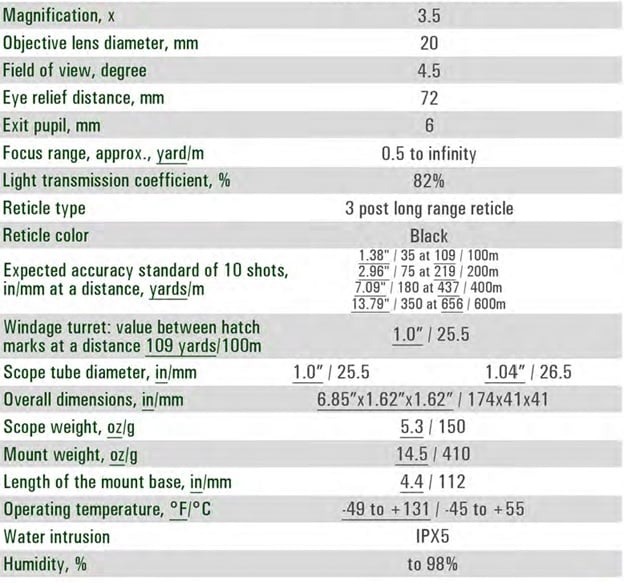

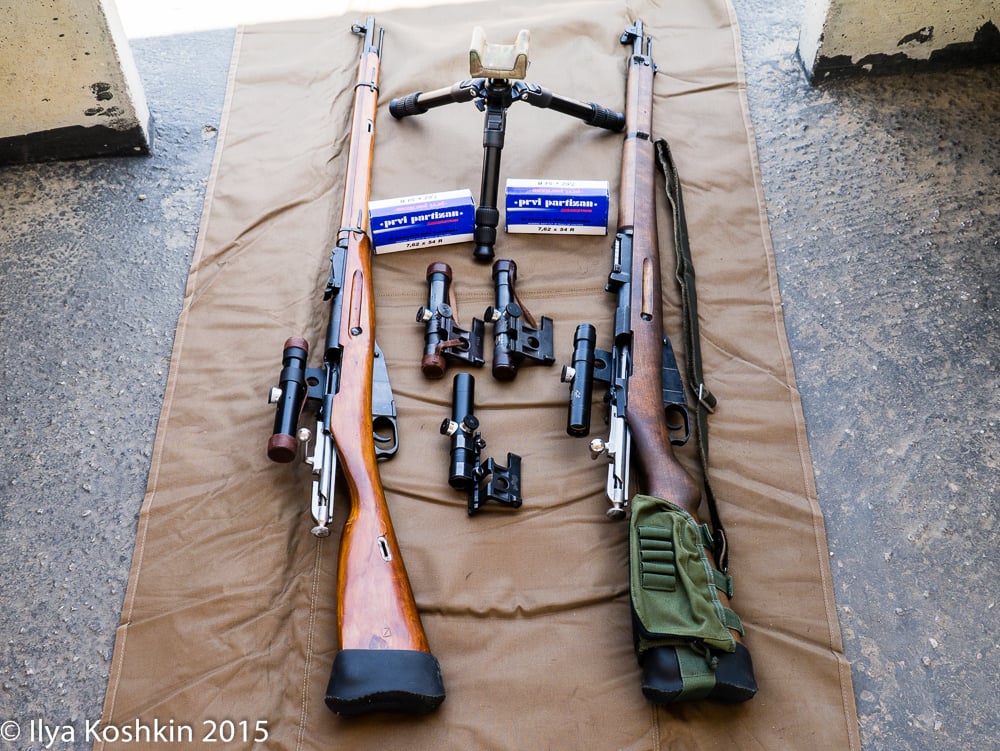


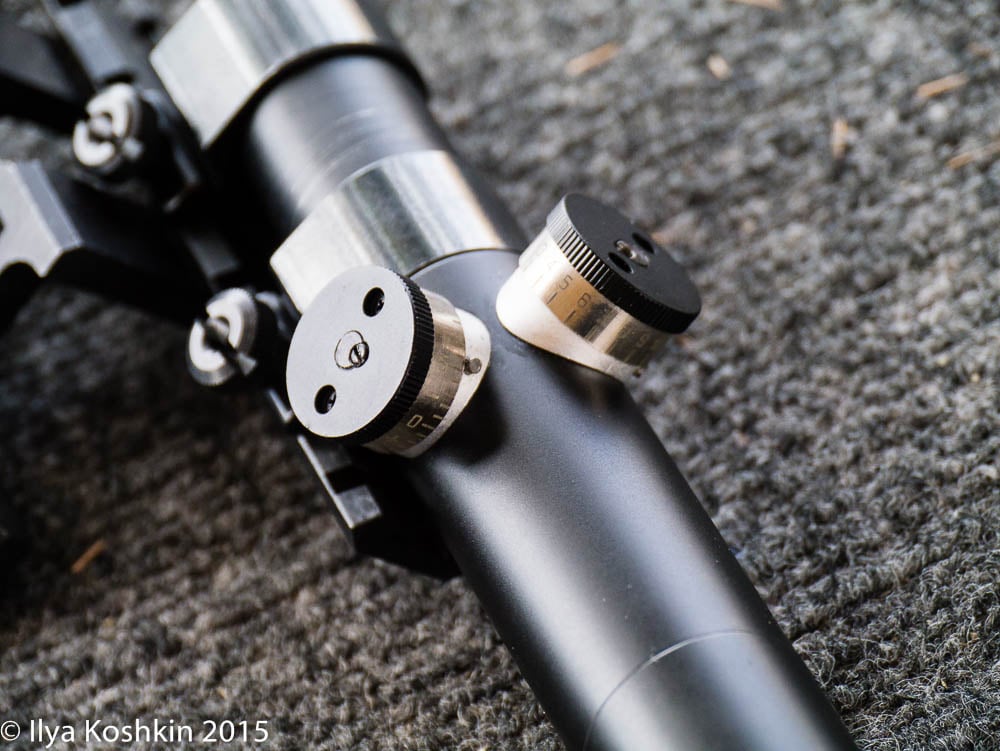


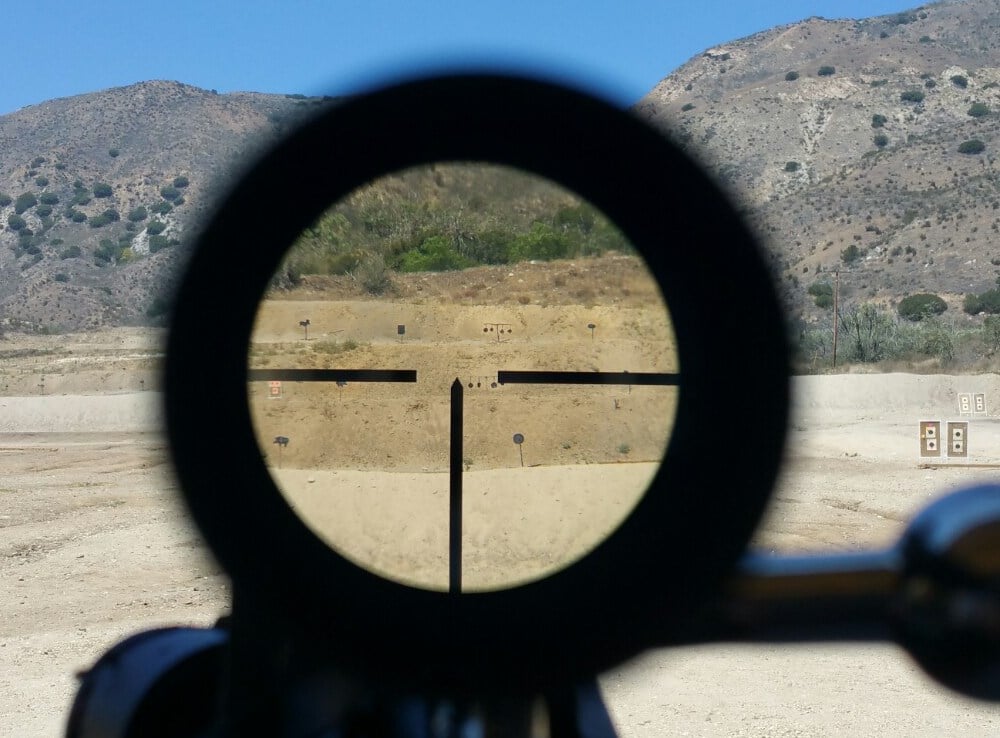
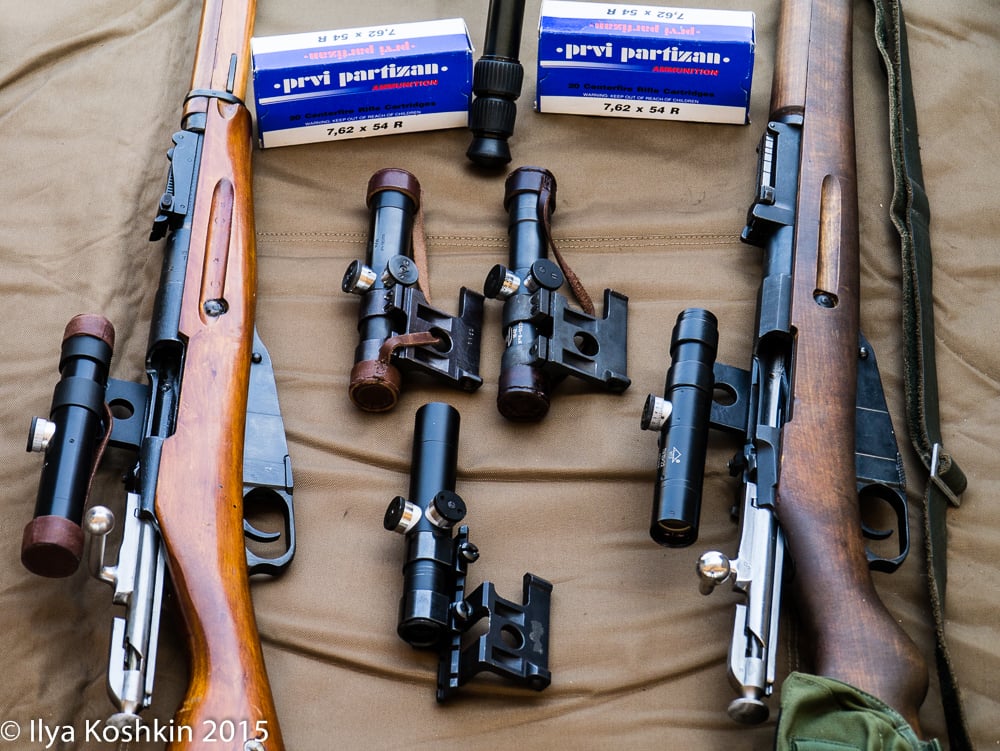



Comments (2)
Dave Curtissays:
January 13, 2017 at 1:00 pmWhere could someone find an “Izyum” scope?
Gritr Sportssays:
January 13, 2017 at 1:38 pmIt’s hard to say if that replica is available in the US right now. If you’re interested in PU scopes, including the Izyum manufacturer, I encourage you to contact us at [email protected] or 800-486-7497. We’ll be able to walk you through what options we have access to right now. Thanks for your interest.